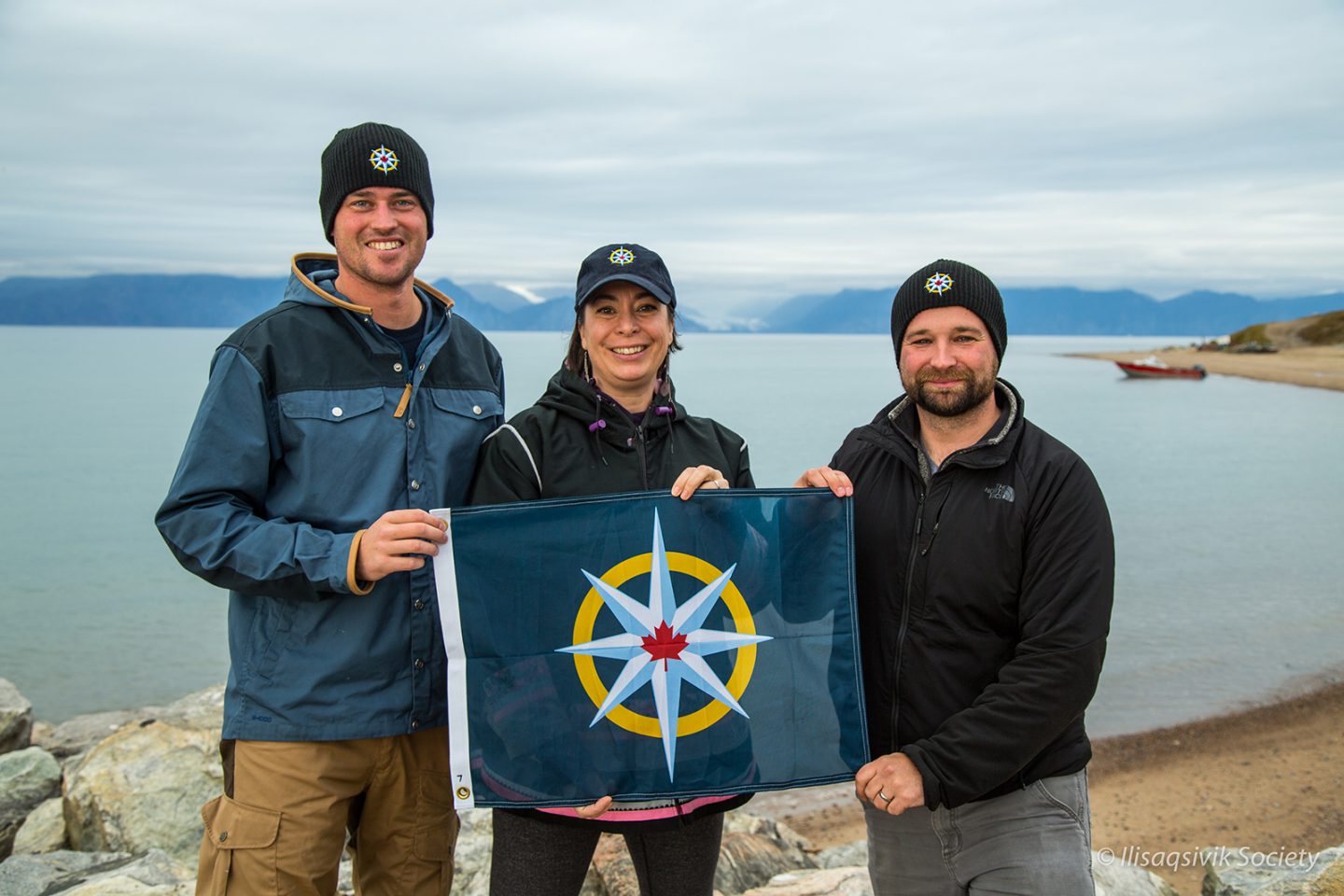
People & Culture
On thin ice: Who “owns” the Arctic?
As the climate heats up, so do talks over land ownership in the Arctic. What does Canadian Arctic Sovereignty look like as the ice melts?
- 4353 words
- 18 minutes
People & Culture
Mike Moloney and Matthew Ayre continued their hunt for the Nova Zembla this summer, and the findings of their Royal Canadian Geographical Society-funded expedition are remarkable

“Return to the Nova Zembla.” The name sounds like a lost chapter in the Star Wars franchise, but rather than a galaxy far, far away, this 2019 Royal Canadian Geographical Society-funded expedition is set in the Canadian Arctic, off the east coast of Baffin Island.
Last summer, Mike Moloney and Matthew Ayre, a duo from University of Calgary’s Arctic Institute of North America, made an exciting discovery: they found the wreckage of the Scottish whaling vessel Nova Zembla, the first High Arctic whaling ship ever found. Ayre first stumbled on evidence of the whaler, which hit a reef and went down near Buchan Gulf in 1902, when he read the logbook of another vessel, the Diana, which rescued Nova Zembla’s crew. The logbook contained clues as to the whereabouts of the wreckage, so in summer 2018, the pair hitched a ride to the Arctic with One Ocean Expeditions, and gathered as much evidence of the whaler as they could from the water, while battling one-and-a-half-metre swells. Due to the weather and permit restrictions, they couldn’t set foot on the nearby beach. Instead Ayre captured drone imagery of pieces of spars and large timbers scattered across the windswept beach. The findings were promising, to say the least.
“The whole goal of the expedition was to discover if there’s something there or not,” said Moloney at the time, “and now we’re certain there is.”
In August of this year, armed with the territory’s permission to go ashore, Moloney and Ayre, along with Alex Taylor, Alex Kautuk (both researchers at the Ittaq Heritage and Research Centre) and Tommy Tremblay (a geologist with Natural Resources Canada), headed back to Baffin Island aboard the Nunavut government’s research vessel, RV Nuliajuak. And just as they suspected, the beach was a treasure trove of archeological evidence. Take a look at exclusive photos of their findings below.
Travel with us
High Arctic Explorer
At the top of the planet is a whole other world. The sea is solid, the night is bright, narwhals and polar bears outnumber humans, glaciers grumble, and history is — quite literally — frozen in time. When you sail through the far north you become one of the lucky few on Earth to experience this sublime, surreal realm.
Journey to the Canadian Arctic with Adventure Canada where you will marvel at towering icebergs, cruise pristine natural areas to spot amazing Arctic wildlife, enjoy the warmth of an Inuit welcome and explore the spectacular west coast of Greenland. You’ll travel with local guides who know the place best and can share their cultures with you firsthand.
Expand your knowledge of the places we visit alongside Canadian Geographic ambassador Joseph Frey and Adventure Canada experts on this life-changing journey.










Are you passionate about Canadian geography?
You can support Canadian Geographic in 3 ways:

People & Culture
As the climate heats up, so do talks over land ownership in the Arctic. What does Canadian Arctic Sovereignty look like as the ice melts?

Environment
The uncertainty and change that's currently disrupting the region dominated the annual meeting's agenda

Science & Tech
The Canadian High Arctic Research Station is set to open in Cambridge Bay, Nunavut, later this year. How will it affect our understanding and appreciation of the North and the rapid change occurring there?

People & Culture
The story of how a critically endangered Indigenous language can be saved